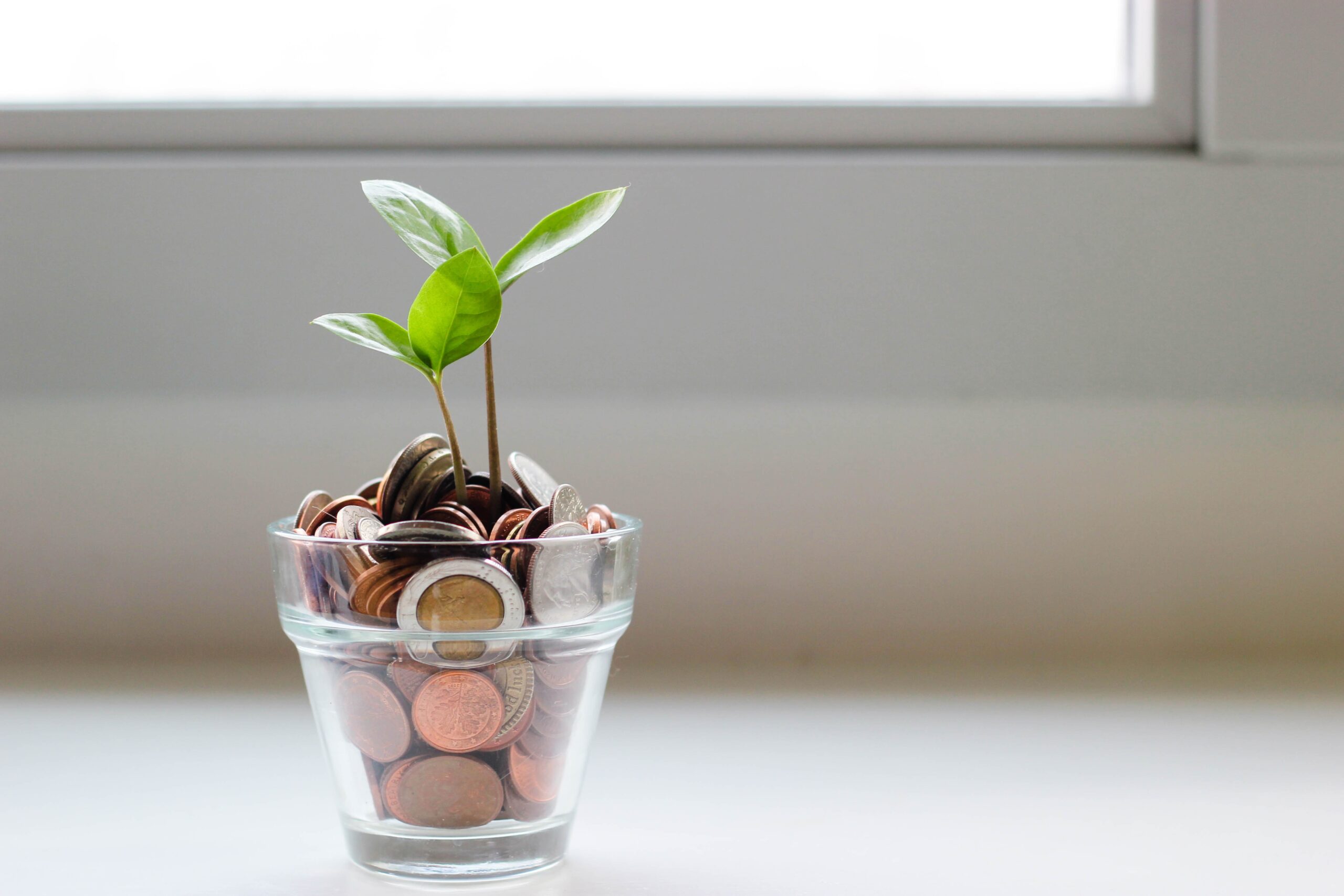Looking to save money? It’s not as difficult as you might think. Here are a few simple, do-it-yourself money-saving tips that will make a big difference to your bottom line.
Chill Out with the AC: When it’s hot outdoors, air conditioners can keep you cool indoors. Maximize your AC’s efficiency by making sure it’s the right size for the room. Another trick is to keep your AC’s fan speed on low when the humidity is high as this helps remove moisture from the air. However, when it’s hotter outside than inside, turn off the air conditioning unit’s fan setting because that will bring in the hot outdoor air. Pro-tip: units marked with an Energy Star certification are 15 percent more efficient than those without the designation.
Be a Fan of Fans: A less-expensive alternative to air conditioners, fans don’t need to stay on once you leave a room because they cool bodies in a room, not the room itself. If you have a ceiling fan, face their blades upwards during summer to generate more breeze and counter-clockwise in winter to pull heat around the room’s walls. Using a ceiling fan with an air conditioner allows you to keep the AC at a higher temperature while still cooling the room, and saving you money in the process.
Use that Thermostat, Stat: It’s estimated that fewer than a third of Americans program their programmable thermostats – even though that can lower heating and cooling emissions by approximately 15 percent. Those with standard thermostats can save money by setting them at 78 degrees in the summer.Every degree below that temperature could cost an additional 6 percent increase on your bill, while each degree above that point could save you about 2 percent. During winter, be sure to keep your thermostat at 68 degrees as every degree higher boosts your energy usage approximately 3 percent.
Stay Warm: Lower your heating bill by simply opening your blinds on sunny days and using bubble wrap to insulate your windows. Additionally, U.S. Department of Energy found that lowering your hot water heater from 140 degrees to 120 degrees can decrease yearly energy usage by up to 22 percent.
Take a Shine to Solar Power: Over the past 15 years, solar energy costs have dropped from $1 to approximately 4 cents per kilowatt. While solar panels can be pricey to buy and install, many rebates are available to help you recoup some of the costs. It’s recommended that consumers compare several quotes as installation estimates often vary.

See the LED Light: Experts suggest installing 20 LED light bulbs in your home can save more than $3000 over the bulbs’ lifetime. Plus, LED bulbs are cheaper than ever before. Ditch your halogen torchiere bulbs too; using one for six hours a day can cost $50-$100 annually. As always, don’t forget to turn off the lights when you leave a room.
Be TV Smart: Like light bulbs, LED TVs are smarter energy-wise than traditional televisions; Energy Star-approved models are typically 25 percent more energy efficient than standard TVs. Gamers can save money too by configuring their devices (like PS4 or Xbox) into power-saving modes. Also, don’t stream through a game console; streaming via a digital media player consumes 15 times less energy.
Lastly, remember to check with your utility companies about rebates for qualified air conditioners, thermostats, LED light bulbs, LED televisions and even advanced power strips. You and your home budget will be glad you did.




